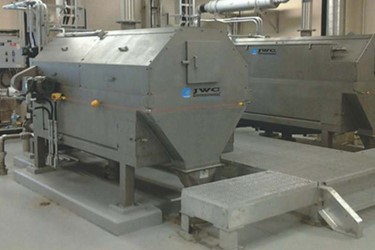Combining Biosolids Waste Streams? Not So Fast…

The idea of combining two systems into one sounds like a common sense solution to simplifying operations. Wastewater treatment plant operators have been experimenting with this concept by combining waste activated sludge (WAS) with primary and septage waste streams with the goal of lowering system complexity. The reality of these efforts is proving, in many cases, to be problematic.
Wastewater treatment systems operate most efficiently when the input waste streams are relatively consistent. Once extreme or unexpected variations are introduced into treatment trains, the end result is ultimately higher operational costs and additional system complexity. The mixing of relatively thick primary waste or septage with much lower solids content WAS makes it particularly challenging to maintain a consistent input to dewatering systems.
The control of polymer feed systems is the most common location for significant challenges to arise. Primary waste typically does not require any polymer addition, as standard dewatering techniques will boost its solids content to the 7 to 8 percent range. On the other hand, WAS can’t be thickened without the use of polymer. When WAS, septage, and primary are mixed, controlling the correct polymer feed can be either labor-intensive, very costly, or both.
Get unlimited access to:
Enter your credentials below to log in. Not yet a member of Water Online? Subscribe today.
